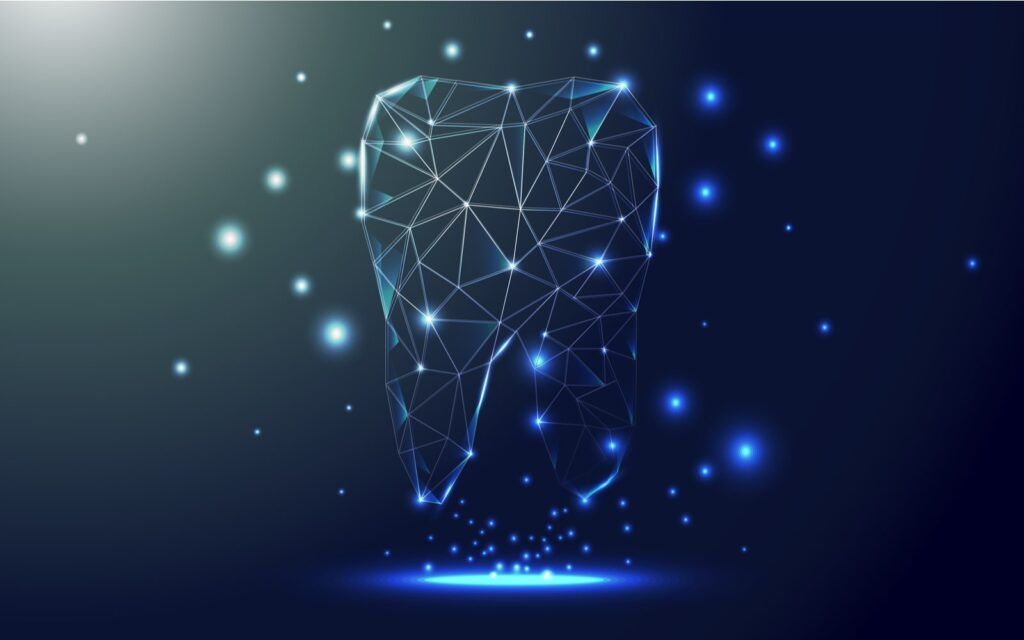The pandemic has created a profound impact on many areas of our lives. At first, it was just wearing masks when outside, washing our hands more often and practicing social distancing. As time drug on, it began to affect how we went to work and even how we sought medical care. The medical industry was adapted quickly to the new reality, ramping up the availability of technologies that had been around for a while. Physical visits to the office began to be limited, with video calling and phone calls being used in their place. This wasn’t always possible, and some industries had a harder time adjusting than others. Dental care was one area that was ready to adjust and found new ways to provide care while limiting patient exposure. Even the orthodontic industry was able to rise to the challenge.
How Teleorthodontic Care Makes Dental Visits Easier
Dental services were quick to adapt to the changing environment, implementing teledentistry in ways both old and new. One of the methods used to accomplis this was adding video calling to their teledentistry offerings. Teleorthodontics was made possible by sending mail-in dental impressions to the patient’s home. They would use these molds and then send them back to the dentist for use in creating a treatment plan.
Receiving x-rays and other forms of imaging still requires a visit to the dental office, but in many orthodontic cases, this isn’t necessary. The impression kit, once received, is used to create a physical rendering of the patient’s oral cavity. This physical model is then used to examine the state of the patient’s oral health and determine if more extensive imaging is necessary. If not, then an orthodontic treatment plan is devised, and the specifications sent to a clear aligner manufacturer such as Invisalign. These aligners will then be sent to the patient to begin their adjustment.
A physical visit becomes necessary if there are concerns that cannot be treated using clear aligners. Other forms of orthodontic appliance, including traditional braces, will require a visit to see your dentist. Teledentistry influences this experience as well, however. With fewer patients needing to visit the office, in-person wait times are often reduced. Even if physical appliances are required, a single visit may be all that’s needed. Most follow-ups can be done via video calling. This ability makes a visit to the dental office only necessary if the appliance needs adjusting or other concerns are present.
There are other significant benefits to taking advantage of teledentistry for your dental care:
- Limits needs for physical office visits
- Increased availability of appointment times
- Care for patients in remote areas is more accessible
- Follow-ups can be done without an office visit
These reasons are among those that have helped teledentistry become popular with patients, dentists, and insurance companies alike. The cost of your care is reduced by eliminating the need to sterilize the rooms between visits. Further, there has been a sharp reduction in the amount of missed appointments with the need to visit the office removed. Further, insurance providers are embracing this new type of care by including it in their coverage plans.
What Teledentistry Options Does Your Dentist Offer?
Your dentist is your first resource in determining what kinds of teledental options will work for you. Contact them for your next appointment today!




